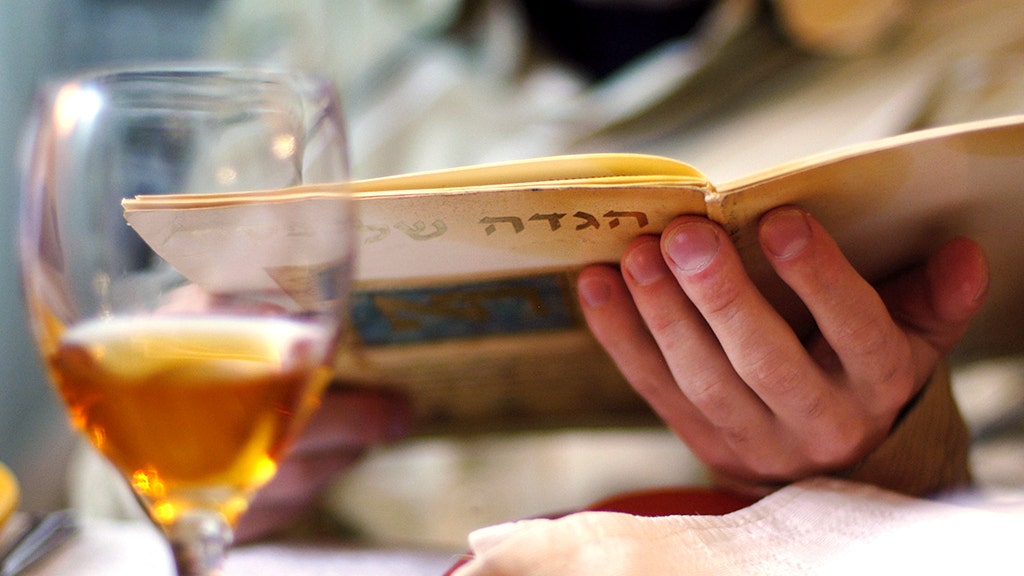The Significance of the Passover Seder in Contemporary Faith
Passover, a pivotal celebration in the Jewish calendar, transcends mere observance of traditions. It is a time when families gather to share the seder, a ceremonial meal rich in history and meaning. This gathering not only revives old customs but also forges connections between generations, ensuring the continuity of faith.
Rediscovering Connections Through Shared Rituals
A profound moment occurred when two distant cousins, separated by generations and geography, discovered a striking similarity in how their families celebrated Passover. During their time in a Jewish studies program abroad, they found that their families recited the Haggadah—the narrative of the Exodus—using identical melodies. Despite the adversities faced by their ancestors, such as world wars and forced migrations, the essence of their heritage persisted through the shared tunes and traditions.
The Central Role of the Home in Religious Observance
The importance of familial gatherings during Passover is deeply embedded in the narrative itself. The seder commemorates the night before the Israelites’ liberation from slavery in Egypt, emphasizing the role of the family home as the initial setting for connection with God and each other. The Israelites were instructed to pass their final night in Egypt within their homes, reinforcing family bonds through the act of communal dining.
Each year, Jewish families replicate this home-centered celebration, highlighting the significance of the seder as a means of imparting faith values to their children.
The Future of Faith in America
However, the broader landscape of religious observance in America raises concerns. Studies indicate a decline in attendance across various faiths, sparking discussions among clergy about the future of religious practices. The recent Pew Religious Landscape Study illustrates a noticeable gap in religious engagement between younger and older Americans, prompting questions about how to foster a vibrant faith community.
Engagement in Religious Practices
Strategies to address these challenges include engaging services and relevant programs, emphasizing the need for inspiring spiritual leadership. Nevertheless, research suggests that a significant factor in maintaining religious identity lies within the home. Families that nurture their faith practices create lasting bonds even amid changing religious landscapes.
Home Practices and their Enduring Impact
A recent study by the Center for Communal Research of the Orthodox Union highlighted that even individuals who drift from organized religious practices often retain a fondness for the traditions observed within their homes. For instance, individuals who may no longer adhere strictly to Orthodox customs still celebrate key rituals such as the lighting of candles or hosting a seder. This indicates that the family environment plays a crucial role in shaping religious identity.
The youngest participant at the seder typically asks the Four Questions, serving as a catalyst for the evening’s narrative. (iStock)
The Dining Table as a New Altar
Traditionally, the altar of worship held a primary place in religious observance. However, Talmudic teachings have shifted this notion, suggesting that the dining table has become the modern altar. Around this table, families welcome each other, celebrating their faith, sharing meals, and discussing religious narratives and values.
The seder table, thus, becomes a vital component of instilling faith in future generations, emphasizing the importance of communal and familial bonds in religious practice.
Conclusion
As families gather for Passover, it is an opportunity to reflect on the impact of home life on faith continuity. By nurturing a meaningful religious atmosphere, families can foster positive associations that transcend generations, ensuring that the songs, stories, and traditions of their faith endure long into the future.

